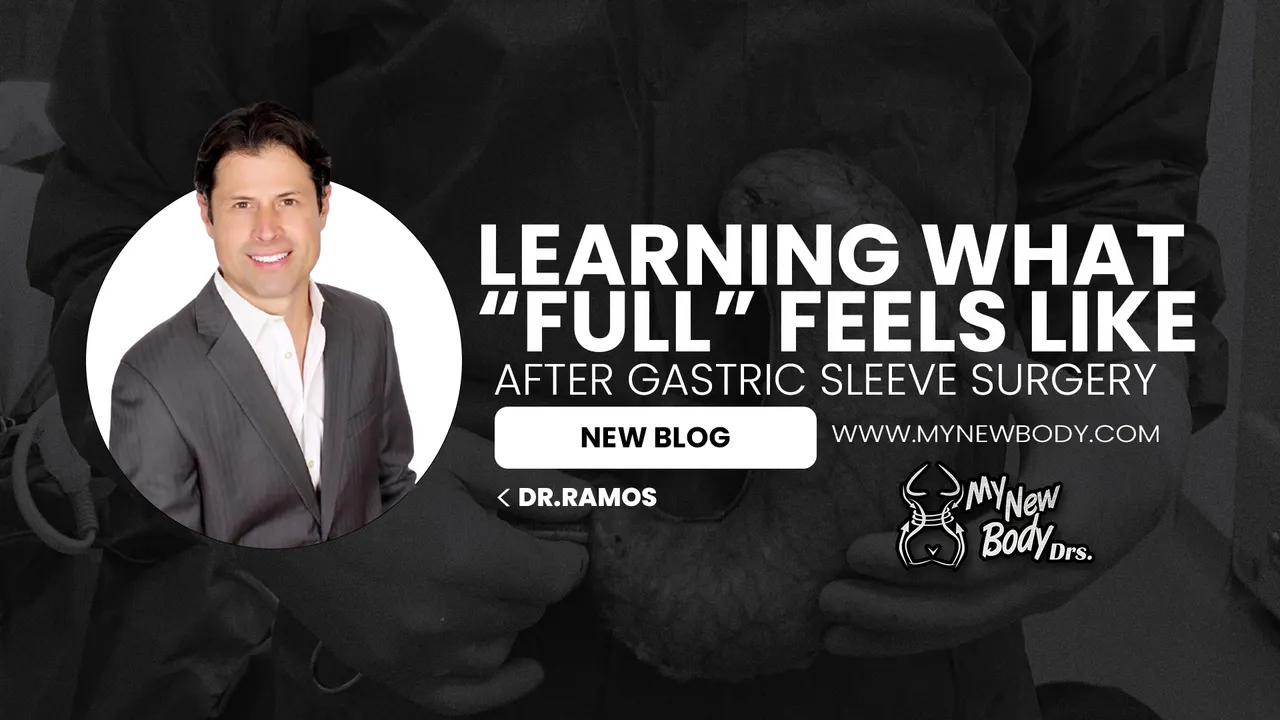
Before the Gastric Sleeve, many patients are completely disconnected from what it means to be (healthy) satisfied. Depending on their habits and physical / psychological problems, some eat until they feel like they are going to explode, while others have rarely felt full in their lives. Therefore, part of the recovery process after gastric sleeve in Mexico is to discover what a healthy type of “full” means to you, perhaps for the first time in your life.
Real hunger versus head hunger
Understanding hunger also helps you understand the feeling of fullness, because once you classify what the real hunger is, you recognize when you no longer feel it. We talk a lot about head hunger versus physical hunger, but here’s a review of the differences.
In general, head hunger is about eating to avoid boredom, uncomfortable sensations, or just out of habit. Sounds familiar? It tends to hit you suddenly («I need. Food. Now!»), Rather than slowly building up, and will direct you toward a specific food or type of food that is almost always unhealthy («Cookies would hit the spot»). . Mental hunger doesn’t subside until you address it, either by giving in, distracting yourself, or having an internal conversation where you acknowledge and hopefully control the cravings.
Actual physical hunger, on the other hand, is about your body’s need for sustenance, and will not specify a certain type of food. If you could go for a salad as easily as French fries, you are probably physically hungry. Stomach hunger also comes on little by little and builds up naturally as your body wears out, even resulting in physical sensations like dizziness or nausea if you ignore it for too long.
Acknowledging when you’ve had enough
Being aware of these differences while eating gives you an advantage in identifying and respecting your body’s signals for satiety. But because you’ve probably been involved in eating disorders for years, recognizing physical fullness may take some practice. And luckily, you can start training right after your GASTRIC SLEEVE!
The feeling of being full does not seem to need an extensive explanation. Full is full, right? But if you’ve been out of touch with your body as long as some of my patients, it’s not that easy. Questions come up like, how full is «full enough»? And what are some of the signs that I should stop eating before I get too full?
When you start your gastric sleeve diet immediately after the procedure, you will only drink liquids. But most patients can still begin to learn what signals to look out for. That «tight» feeling when you swallow? That means you are full. Indigestion, pressure, hiccups, a slight «pinch» or even a runny nose? Those are also signs that your body is saying «enough!»
My advice is to re-enter your body, and its signs of satiety, slowly. You will make mistakes along the way and possibly even suffer adverse consequences like reflux or an upset stomach. But it won’t be long before you find out how your body feels when you’re satisfied but not overwhelmed. If you anticipate their slight signs of being crowded and stop before you get there, you’ll be fine. By the way, this is another reason why we tell patients to eat and drink slowly.
The bottom line is that it’s key to respect what your body tells you once you understand it because even a bite or two beyond your body’s comfort zone can have consequences. I like the advice a patient offers to manga brothers and sisters: «Eat until you are no longer hungry, not until you are full.»
«Changing lives … one manga at a time.»
